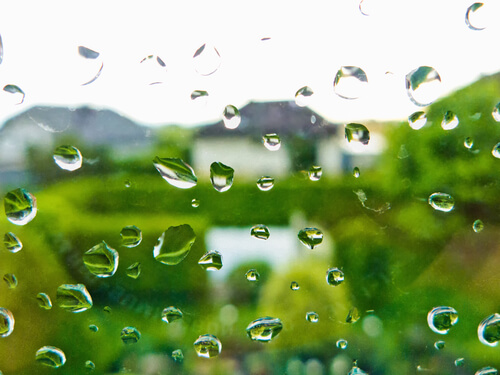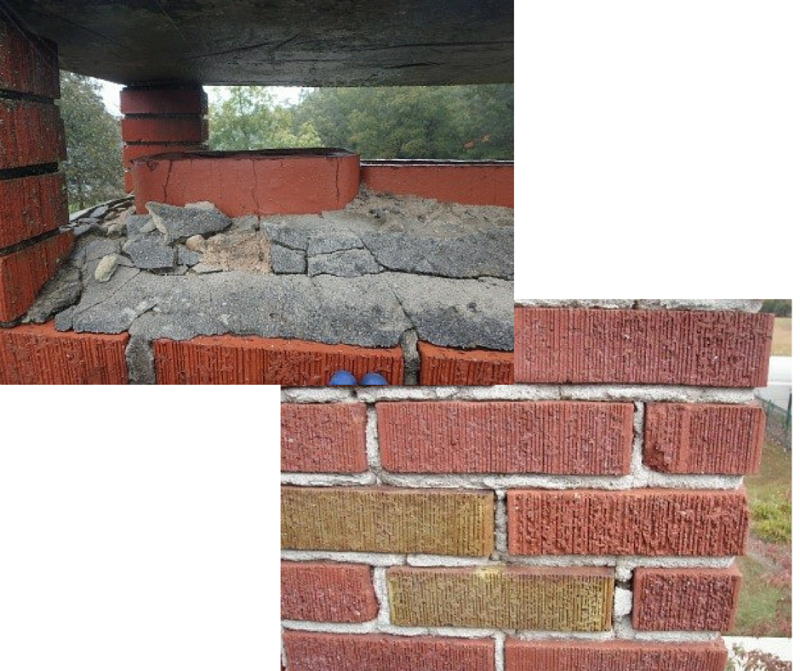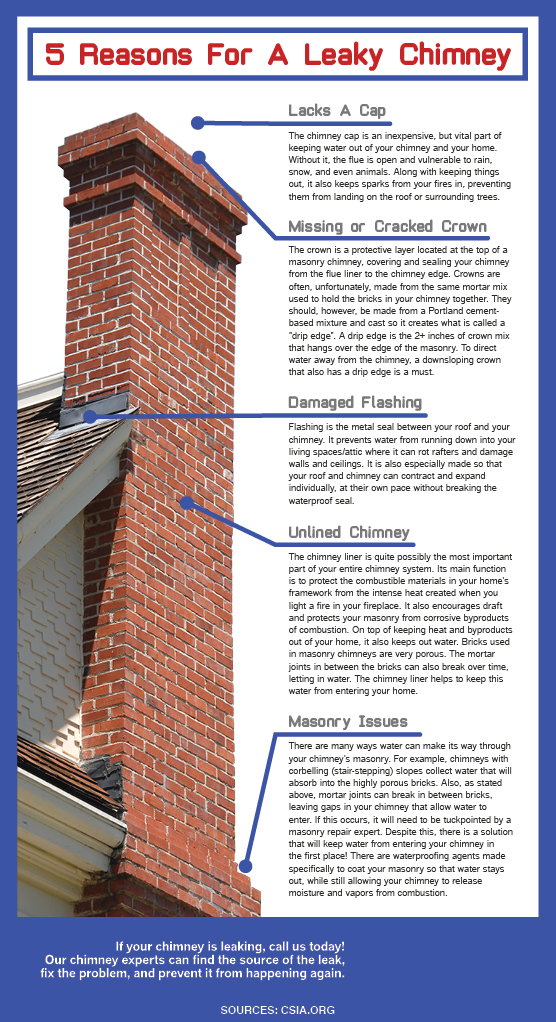
by Renee Brigman | Aug 14, 2018 | Water Damage
Many people are drawn to our overall mild weather here in SC’s Upstate Region. However, if your home has a chimney, the rain and humidity can play havoc with its structural integrity. In Summertime we are prone to lots of afternoon thunderstorms, and in Wintertime,...

by Renee Brigman | Nov 6, 2015 | Leaky Chimney
Your chimney has NEVER leaked before! Why now? Well we’ve gotten more rain around here than we’ve had in 200 years, and the sad fact is – a chimney is just a big sponge. Like a sponge — when it gets saturated, the water will run out anywhere and anyhow it can....

by Renee Brigman | Jul 10, 2015 | Chimney Maintenance, Masonry, Spalling
There are several reasons your chimney could be leaking. It’s important to call a professional chimney services company (like Blue Sky Chimney Sweeps) instead of a roofer.
by Renee Brigman | Jul 16, 2014 | Chimney Maintenance
Chimneys sure are high, but they are not necessarily dry. As one of Upstate South Carolina’s premier chimney service companies, those of us at Blue Sky Chimney Sweeps see water as your chimney’s biggest adversary. Unfortunately, it’s not at all difficult for water to...
by Renee Brigman | Jan 31, 2014 | Chimney Maintenance
As a homeowner, there are certain truths that are always worth keeping in mind. Small holes in your foundation can lead to rodent troubles. Lint build-up in your dryer vents, left unchecked, can lead to a fire hazard. Steady moisture from a leak — whether...




